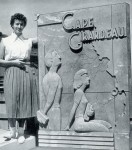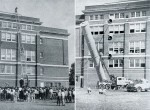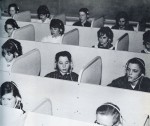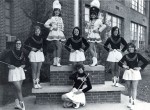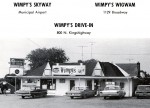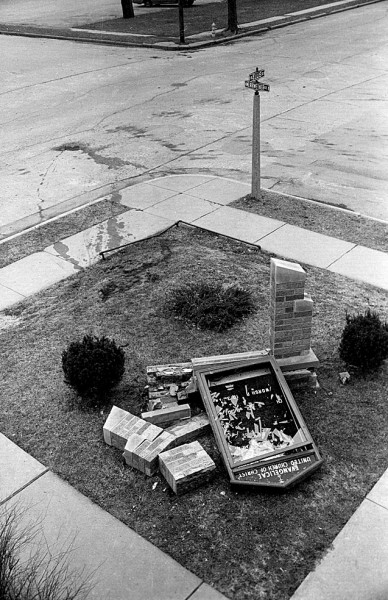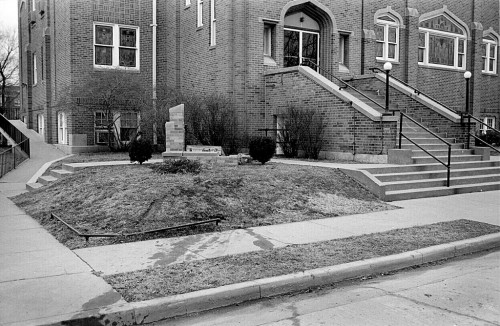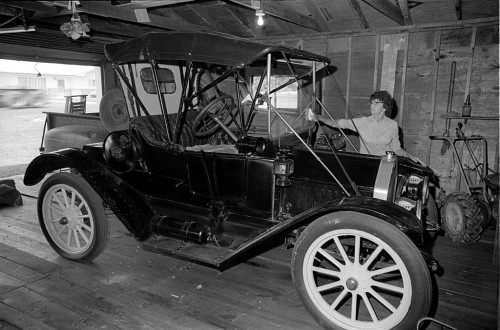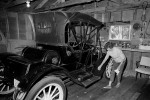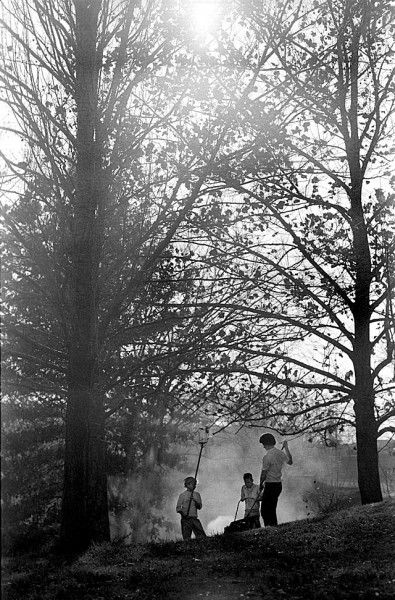 Cape Central High School, in all its forms, will be 100 years old in 2012. Despite what some people may think, I was NOT in the inaugural class.
Cape Central High School, in all its forms, will be 100 years old in 2012. Despite what some people may think, I was NOT in the inaugural class.
Several of the high school newsletters had mentioned that Central’s librarian, Julia Howes Jogensen, had put together a book, Cape Central High School Centennial to celebrate the occasion. One of my first stops when I got to Cape this fall was the CHS library to see if they had sold out of the books. Fortunately, they hadn’t.
It’s a very nice, yearbook-style book with 120 pages of photos and stories about Central High School, from the very first days right up to the present time. The 1950-1960s eras are well-documented. In fact, I saw three or four of my yearbook shots in it.
How do I get a Centennial book?
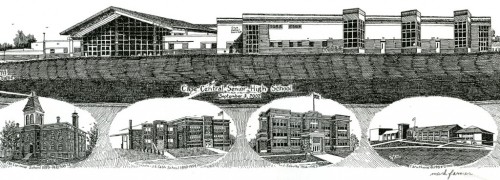 How can you get a copy of the book? Go to the merchandise website.
How can you get a copy of the book? Go to the merchandise website.
Or, send a check for $50 made out to Cape Central High School (memo line: Centennial book)
Cape Central High School
1000 South Silver Springs Road
Cape Girardeau, Missouri 63703
Attn: Julia Jorgensen
I’ve thoroughly enjoyed looking through my copy. I noticed on the merchandise webpage that limited numbers of old high school yearbooks were available. I’m not sure if there are any left.
Photo gallery from the book
This is just a sample of some of the photos that are in the Centennial book. Click on any photo to make it larger, then click on the left or right side of the photo to move through the gallery. I’ll be bringing you current pictures of Julia’s new Central High School library in the next day or so. It’s nothing like the sterile, shushing study hall we remember.



